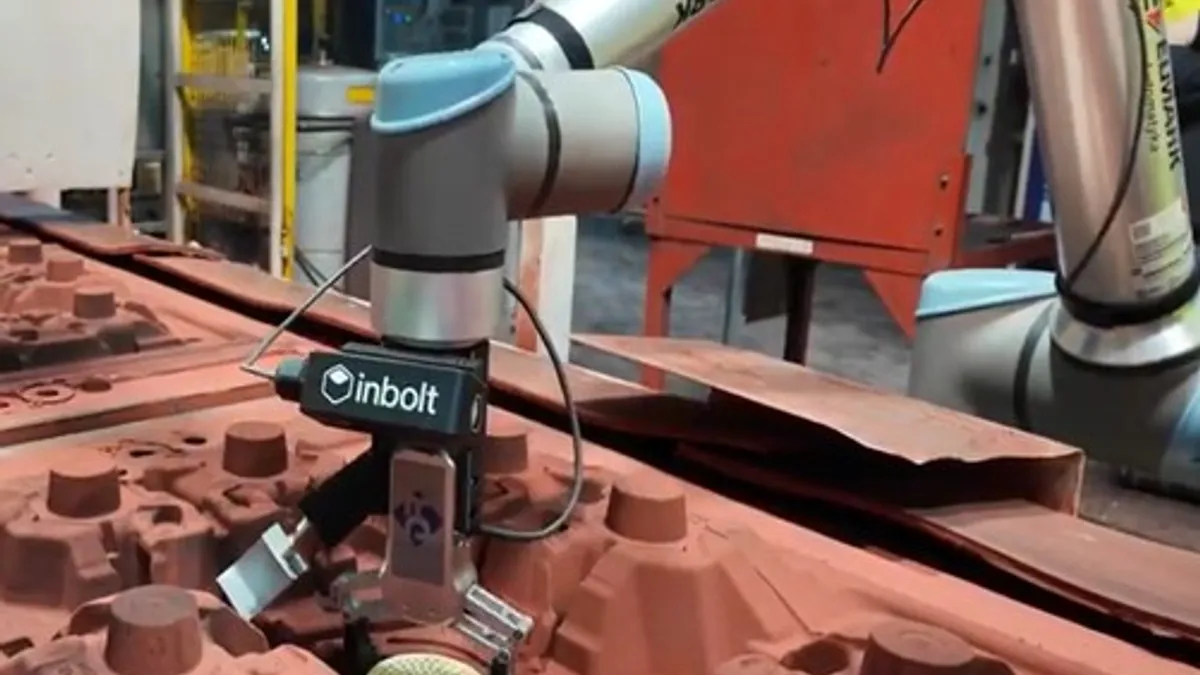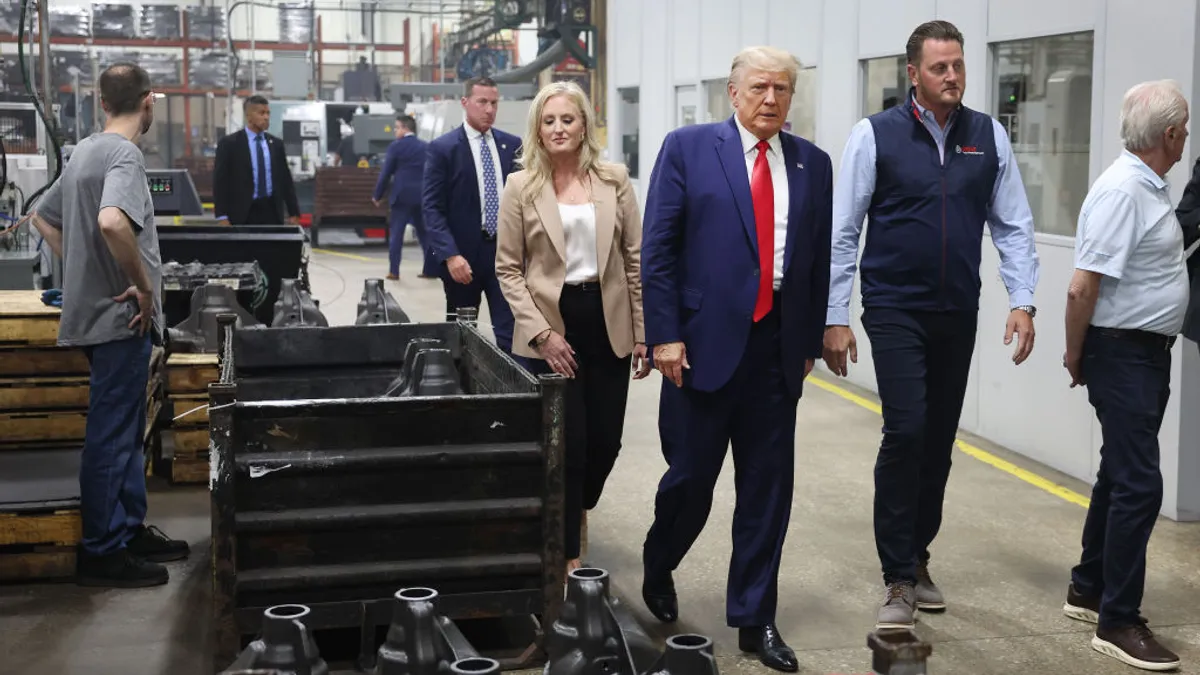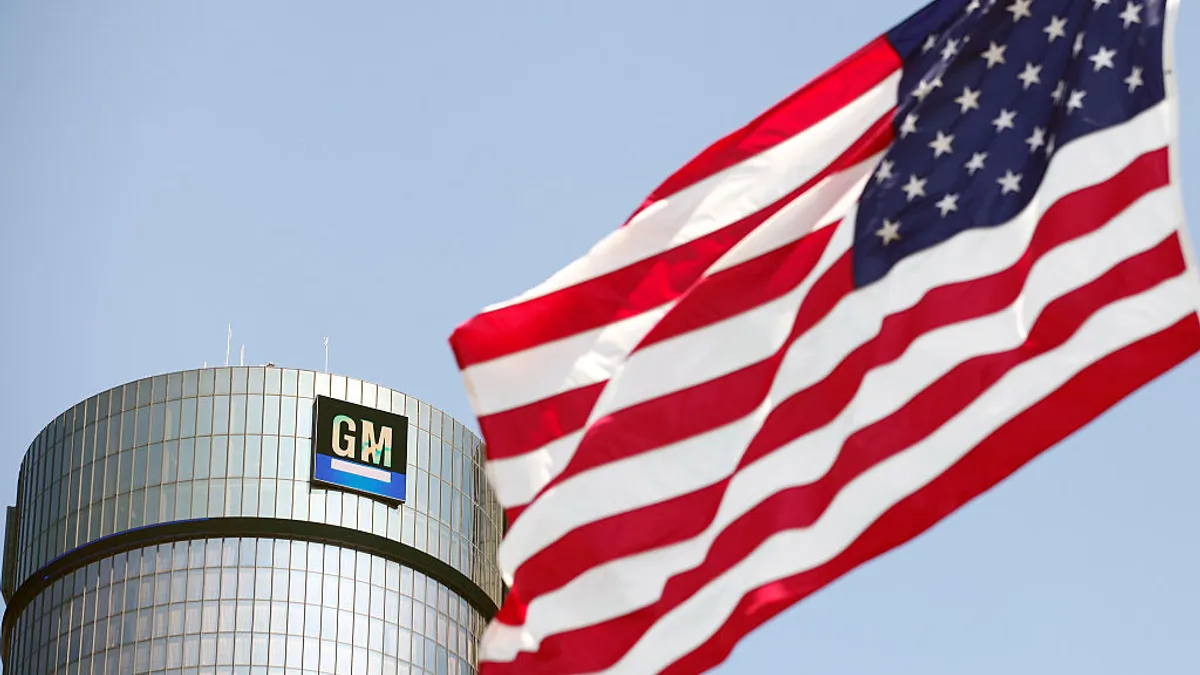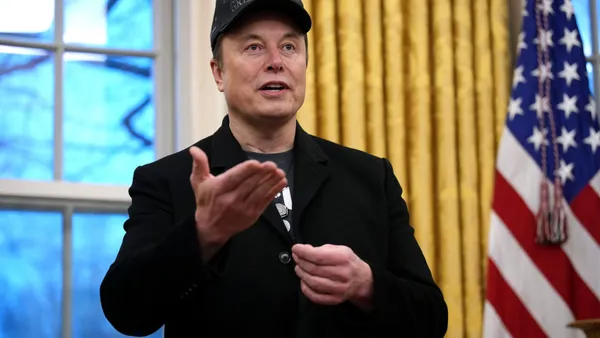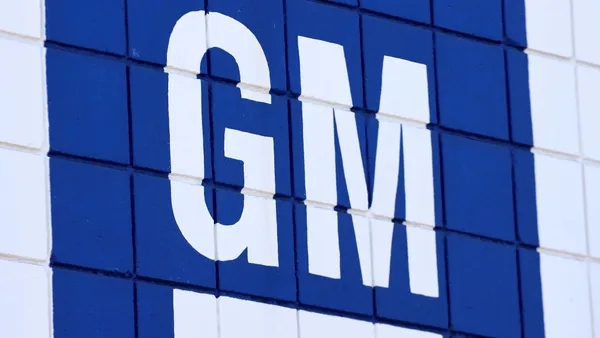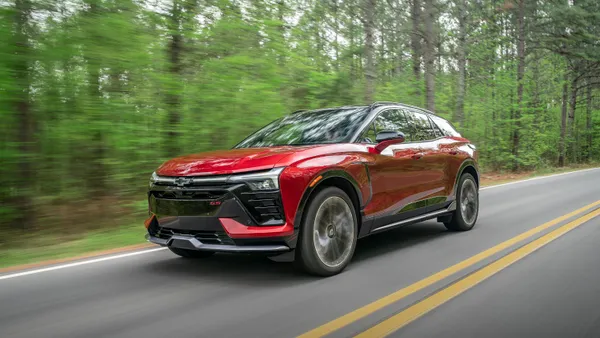Stellantis has been busy rolling out new artificial intelligence-enabled technologies on factory floors in recent months, one of many manufacturers experimenting with AI as a way to boost production speed and ease workers' physical labor.
Last month, the automaker hosted its annual Factory Booster Day, bringing together technology startups and suppliers with proposals for Stellantis' manufacturing team. The annual event, now in its ninth year, is one of the key ways the company taps new potential technologies to bring into its factories.
Anna Valeria Anllo, head of innovation for vehicle process engineering at Stellantis, said the company prioritizes technologies that enable them to improve plant efficiency and product quality, as well as cut costs.
At this year's factory day, Anllo said Stellantis was particularly interested in quality control and energy management.
"How can we help our plants and our factories and associates do better, be better, have better quality, and cut costs?" Anllo said.
Robot guidance tools help boost factory accuracy
In recent months, Stellantis rolled out a robot guidance tool from France-based startup Inbolt that uses 3D-vision systems to help robots adjust their trajectory and operations to avoid potential conflicts or impacts mid-manufacturing process.
Inbolt's technology has been installed at multiple Stellantis powertrain factories thus far, such as in the automaker's Szentgotthárd, Hungary, factory.
The guiding tech, chosen from the 2021 Factory Booster Day, is being used there to help autonomous mobile robots pick cylinder heads from pallets and load them onto the production line. The Inbolt technology locates each cylinder head, realigns the robot’s trajectory and ensures correct pick-and-place operations onto the production line, according to Inbolt.
Anllo said Stellantis is hoping to scale Inbolt's technology across 20 or 30 other plants around the globe. The automaker looks for use cases for technologies like Inbolt's in other aspects of its factories, including body shops and paint shops, she added.
When evaluating a new tech program for factories, Anllo said the company analyzes the cost of integration, its potential cost savings and the time needed to roll out the product. Once finished with that process, research and development teams can move forward with a proof of concept that can be reviewed by plant managers for approval. Stellantis aims for projects to reach their first proof of concept within one to two years.
Another AI-enabled technology that Stellantis has rolled out in recent months are autonomous wheels from Norway-based startup wheel.me, which convert current carts and dollies into AMRs. The tech was first integrated at Stellantis' Sterling Heights, Michigan, plant, after being chosen from the automaker's 2022 Factory Booster Day.
"We are in the process of looking at different locations where we can also install this," Anllo said.
One of wheel.me's advantages for integration is that the technology didn't require any adaptions to the shopfloor layout, Anllo said. This more seamless integration is a factor in how Stellantis chooses experimental process technology, as it helps lower upfront costs.
"We take innovation seriously, we are really about transforming, moving forward, making things better for associates, improving quality and being more cost efficient," Anllo said.



